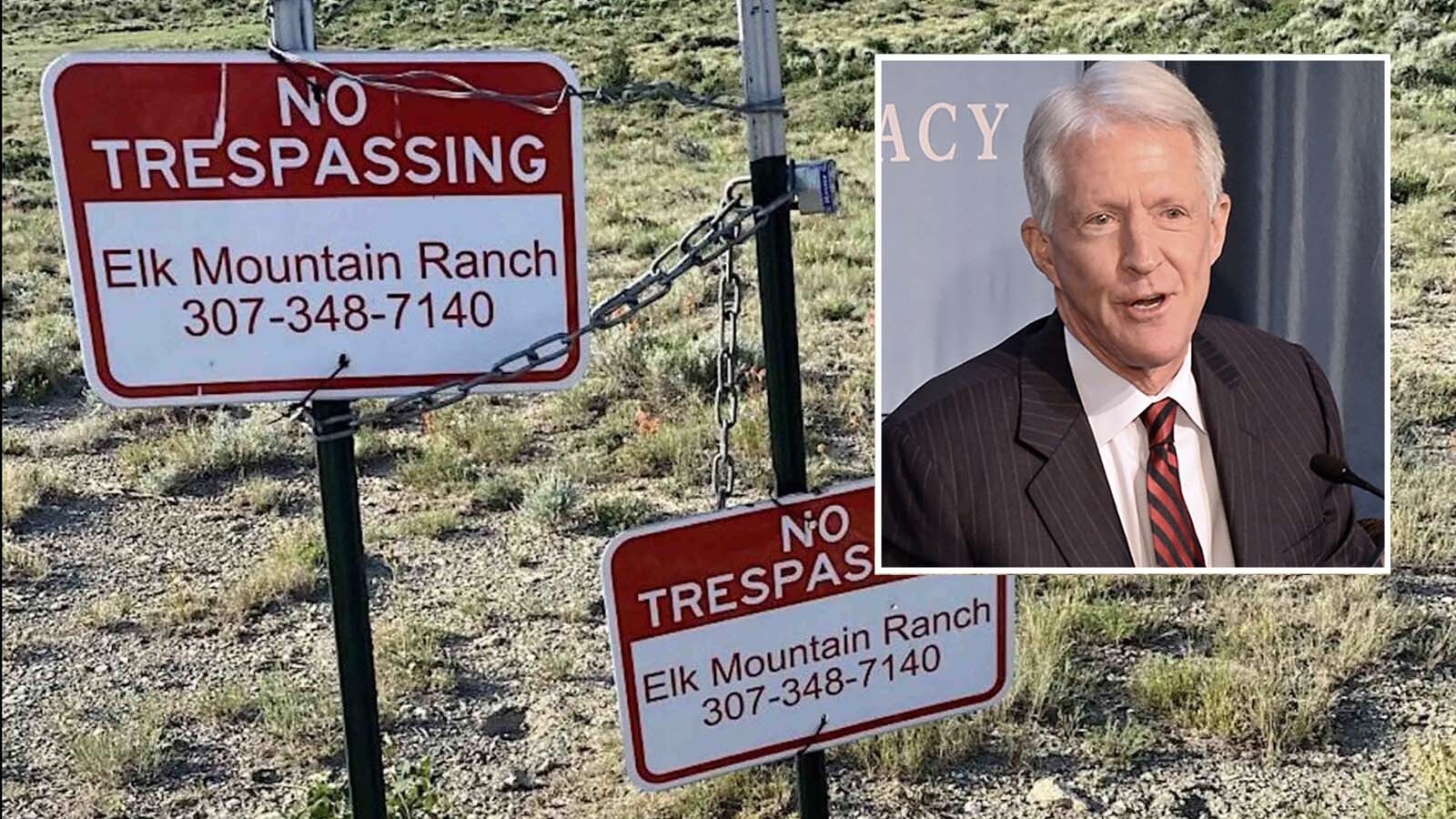The wildfire season begins in May and sweeps through North America until the end of September. For nearly five months on two-week shifts at a stretch, hand crews fight these blazes, often walking for miles in the most remote terrain to dig trenches and create fire breaks as the first and last line of defense.
And they’ve had a lot of ground the cover in Wyoming this season, with five large wildfires that have burned about 460,000 acres. But it’s not just the large wildfires that have to be fought. Catching them early and working quickly can help keep smaller fires from becoming huge, sometimes life-threatening, problems.
Dusk settled in over base camp at the Buffalo Bill State Park almost 20 miles west of Cody, Wyoming, as one of these crews fought the Clearwater Fire.
There was a cool breeze with a hint of rain in the air. As black clouds gathered to the west, Ranae Pape, spokeswoman for the U.S. Forest Service, expressed hope that this would help damper the Clearwater Fire that had been eating up the distant Shoshone National Forest.
Not long after 7:30 p.m., the Devil’s Canyon hand crew based out of Worland, Wyoming, rolled in from the fire after a 16-hour shift. Covered in ash and decked out in tan hoodies and gear, the crew, made up completely of military veterans, unload from their rigs and fell into line to wash up.
A converted trailer was lined with sinks and metal mirrors. Soap and fresh towels were ready for each man as they washed off the worst of the soot.
Tired from a day of fighting wildland fires, they stood in line, waiting their turns for a double portion of food served from a large camper. Good-natured teasing and low talk filled the cooling night.
With their dinner in hand, they walk over to their tent site to eat and enjoy each other’s company.
Fighting The Wildland Fires
Fighting wildland fires takes a special type of mettle, say those who are part of Devil’s Canyon crew.
They must be physically fit and up to the rigors of the job. They never know if they will be arriving on utility task vehicles, air-dropped from helicopters or hiking into some of the most remote regions in North America.
Chris Merritt has been part of Devil’s Canyon hand crew since 2016 and is one of the few full-timers. Most of the crew only work the fire season as seasonal labor from May to the end of September.
“Today we hiked into the line, and we did what we call a soft prep,” Merritt said. “We cut a swath down the line, and then, after our saw swath has been cut, we go through and dig a hand line and just basically tie that into a rock feature, and then tie it in with another crew.
“This is to stop the fire from progressing downslope or, in the future, if the fire does decide to make a run downhill, they can fire off of that line and have a line of defense.”
It’s rookie Jacob Moxely’s first season on the Devil’s Canyon hand crew and only the second fire of his career.
He was designated as a swamper, part of a two-man crew responsible for cutting down trees. After the sawyer fells hazardous trees, it is the swamper who moves the brush out of the way. It is more complex than simply walking up to a tree and cutting it down since the weather, topography and where the tree is going to fall all need to be taken into consideration.
“Today we were working on ground that was already black,” Moxely said. “This is an area that's completely burnt out so it’s not going to spread. We're just going to knock down the snags or trees that could fall.”
“Compared to structure fires this is more of a marathon,” Devil’s Canyon crewmember Carlos Sotomayor said. He has been on the crew for several tours and cheerfully talked about the long hours and hard work.
“There's highs and lows,” Sotomayer said. “One thing in fires, it's not always 100% intensity. There's a lot of portions of it that's kind of hurry up and wait.”
Devil’s Canyon Crew
The Devil’s Canyon crew is exclusively made up of military veterans. The recruits don’t need prior firefighting experience, just a willingness for hard work.
“We're different from engines, because engines are tied to a piece of equipment and we can go into places that most firefighters can't,” Merritt said. “We access very difficult terrain. Sometimes we're flown into fires and spike out on these fires for two weeks at a time.”
At times, the work can be intimidating even for the members of the Devil’s Crew. It is incredibly difficult work to get into the remote nearly inaccessible terrain that the crew must access in order to effectively cut off the path of the fire.
“You can go to a fire somewhere and be up early and you're tired. You just look at this mountain you have to hike up and you're like, man, I don't want to do that,” Sotomayor said. “But you know you have to get there because it's your job.”
“You get camaraderie and good friends and a sense of purpose, which is something most people try and search for at least one of those in life. This is a rare job where you get all three,” Moxely said. “On the days where it's very rough and tough and you're working hard, you can still look at this as you're doing something good. Kind of repairing the homeland, which I think is wonderful.
“And then you can also look across the line at your buddy who's just covered in ash and very tired and laugh at him. It's just the camaraderie, the adventure — it's a beautiful thing.”
Jackie Dorothy can be reached at jackie@cowboystatedaily.com.














